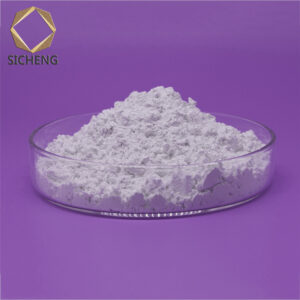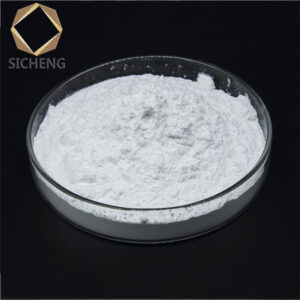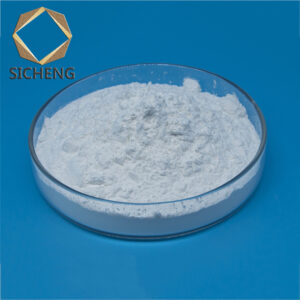Platelet calcined alumina and white fused alumina are both forms of aluminum oxide (Al₂O₃), but they differ in their production processes, properties, and applications. Here’s a breakdown of the differences:
1. Production Process:
- Platelet Calcined Alumina:
- Produced by calcining (heating) aluminum hydroxide or alumina at high temperatures (typically above 1200°C) to form platelet-shaped crystals.
- The platelet morphology is achieved through controlled calcination conditions, which promote the growth of flat, plate-like alumina particles.
- White Fused Alumina:
- Produced by melting high-purity alumina (Al₂O₃) in an electric arc furnace at temperatures exceeding 2000°C.
- The molten alumina is then cooled and solidified, resulting in a dense, crystalline material that is crushed and graded to various particle sizes.
2. Morphology and Structure:
- Platelet Calcined Alumina:
- Characterized by its platelet-shaped particles, which provide unique properties such as improved packing density and enhanced mechanical properties in composites.
- The platelets can align in a preferred orientation, which can be beneficial in certain applications.
- White Fused Alumina:
- Typically has a more angular and blocky particle shape due to the crushing process.
- The structure is dense and crystalline, with high hardness and toughness.
3. Purity and Color:
- Platelet Calcined Alumina:
- Generally has high purity, but the exact purity can vary depending on the starting material and calcination process.
- The color is typically white or off-white.
- White Fused Alumina:
- Known for its high purity (typically >99% Al₂O₃) and bright white color.
- The high purity and consistent quality make it suitable for demanding applications.
4. Properties:
- Platelet Calcined Alumina:
- High surface area due to the platelet morphology.
- Improved mechanical properties in composites due to the platelet shape, which can enhance crack deflection and toughness.
- Good thermal stability and chemical resistance.
- White Fused Alumina:
- Extremely hard and durable, making it ideal for abrasive applications.
- High thermal conductivity and resistance to thermal shock.
- Excellent chemical inertness and resistance to corrosion.
5. Applications:
- Platelet Calcined Alumina:
- Used in advanced ceramics, refractories, and composites where enhanced mechanical properties are required.
- Often used as a reinforcing agent in ceramic matrix composites.
- Can be used in coatings and as a filler in polymers to improve wear resistance and mechanical strength.
- White Fused Alumina:
- Widely used as an abrasive material in grinding wheels, sandpapers, and blasting media.
- Used in refractory materials for high-temperature applications.
- Employed in the production of ceramics, glass, and precision casting molds.
Summary:
- Platelet Calcined Alumina is characterized by its platelet-shaped particles, which offer unique mechanical properties and are used in advanced ceramics and composites.
- White Fused Alumina is a high-purity, dense, and hard material primarily used in abrasive and refractory applications.
The choice between the two depends on the specific requirements of the application, such as the need for toughness, hardness, or thermal stability.



